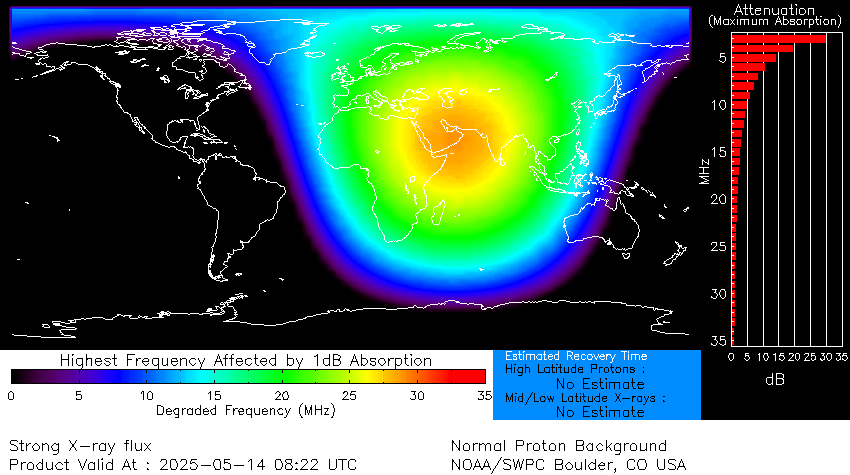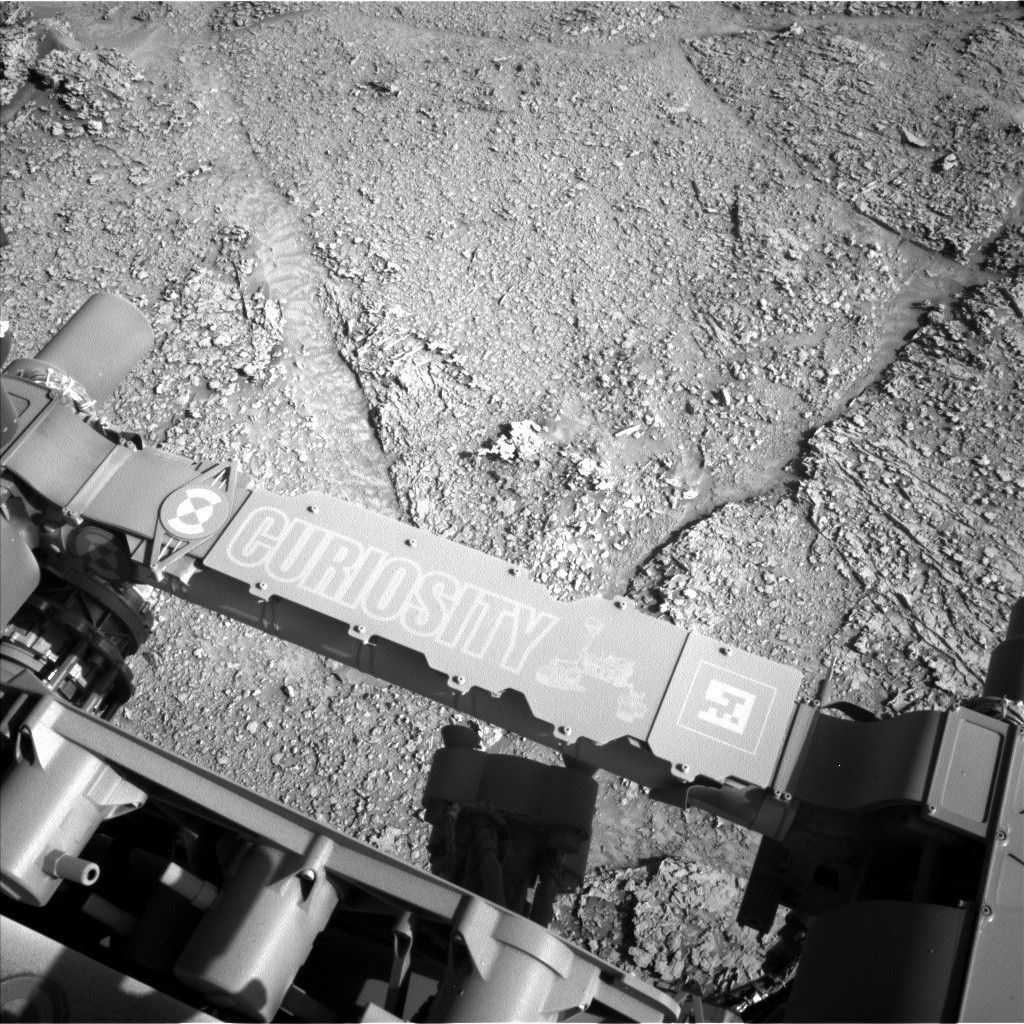Boeing’s Starliner crew vehicle is on track to fly its first astronauts in space in April.
In a Feb. 17 update, NASA and Boeing officials outlined the aerospace company’s work on its entry for NASA’s commercial crew program, and where the historic flight might fit into the space station’s busy manifest in upcoming months.
“We don’t have any big announcements, but we thought we would share the progress,” said Steve Stitch, manager of NASA’s Commercial Crew Program, at the start of last week’s call. Stitch was joined by Jeff Aaron, manager, systems engineering and Integration Office for NASA’s International Space Station (ISS) Program and Mark Nappi, Boeing’s Vice President and program manager for the CST-100 Starliner spacecraft.
The trio met to give an update on Starliner’s progress and provide an estimated timeframe for the vehicle’s upcoming Crew Flight Test (CFT). Starliner’s last mission, Orbital Flight Test 2 (OFT-2), launched without a crew aboard in May 2022. The spacecraft docked with the ISS for a little less than week, and, despite hiccups with a few of the vehicle’s orbital maneuvering and attitude control (OMAC) thrusters during an orbital insertion burn, OFT-2 was deemed a success upon its return to Earth.
Related: Starliner: Boeing’s next-generation spaceship for astronauts
“We took the summer to understand all that, and about the October timeframe, we established an April target for the CFT mission based on the work that was ahead of us, the hardware issues that we had encountered, and then the engineering product that needed to be completed,” Mark Nappi said in the update. “We’ve done our designs, we’ve tested this hardware, the analysis is all done.”
The time has come to “wrap it all up in a bow and make sure that we (Boeing) did what we said we were going to do,” Nappi added.
The next major milestone for Starliner’s progress will be loading propellant into the vehicle’s service module. Successful propellant loading initiates a 60-day window for NASA and Boeing to launch the CFT mission, a constraint put in place by Boeing to mitigate corrosion to valves in the vehicle’s propulsion system. Such corrosion and a stuck valve delayed an August 2021 attempt to launch OFT-2 due to the propellant’s interaction with atmospheric moisture.
“We are much more confident today with the mitigation that we’ve put in place with the purge systems and the sealing of the connectors so that we don’t get that kind of moisture intrusion into the valve, but we still have that 60-day guideline,” Nappi said.

(opens in new tab)
When exactly in that roughly two-month window the launch will take place is dependent on a number of factors, including closing the book on OFT-2’s OMAC thruster malfunction. “There’s really only one big item that we have not closed out…and that is the OMAC failure that we had [on OFT-2],” Nappi said, adding, “we are working with NASA to make sure that we both agree that [the] box in the fault tree can be closed. We’ll bring that back to a board here in the beginning of March and make those decisions.”
Another complication for scheduling Starliner’s next flight is ISS traffic. Starliner is only equipped to dock at the station’s forward port. On future refurbishments of Boeing’s spacecraft, Nappi indicated, Starliner would have “dual-port capability,” but that won’t be ready for Starliner’s upcoming flight. The SpaceX Crew Dragon Endurance, which launched the Crew-5 mission in October, is currently docked to the ISS’s forward port. Crew-5 is scheduled to depart sometime after the arrival of Crew-6, launching early next week.
Steve Stitch expanded on the ISS traffic-jam. “Looking at the space station and Commercial Crew manifests, the priorities are, obviously, to get this crewed rotation completed. Where we launch Crew-6 and dock Crew-6, and then return Crew-5. The next priority is to execute this cargo mission to resupply the space station and have some experiments for the onboard crew to execute. And then following that, the next priority is really … to go fly the CFT crew flight demonstration.”
Launch traffic at the pad is another factor Starliner’s flight must contend with. The Boeing spacecraft launches on a ULA Atlas V rocket, which is already being phased out for the company’s new and improved Vulcan rocket — also approaching its first launch. “[ULA has] an important milestone that they’d like to achieve as well, in the same timeframe, which adds to the complexity of our ISS traffic,” Nappi said on the call, adding he and mission managers in communication with ULA “still feel that the mid to late April time slot is good for us, and balances with the ULA priorities.”
RELATED STORIES:
When it does launch, Starliner will carry NASA astronauts Barry “Butch” Wilmore and Suni Williams to the ISS for a two-week stay, before returning Starliner to Earth, landing in White Sands, New Mexico. Once complete, assuming all mission goals are met, NASA can officially certify Starliner for crewed flight and enter the vehicle into rotation with SpaceX’s Crew Dragon fleet to ferry astronauts to and from the ISS.
According to Nappi, Boeing is “making the progress that we need to in order to be ready for that crew rotation in the winter of ’24.” Once in rotation, Boeing expects to fly one Starliner flight a year.
Follow us @Spacedotcom (opens in new tab), or on Facebook (opens in new tab) and Instagram (opens in new tab).


